Simple Yet Effective
A Principal's Reflections
APRIL 24, 2014
Since this is an educational technology post I will only focus on the latter. Many districts, schools, and administrators are convinced that social media has absolutely no place in education, even though the whole entire world using it for some reason or another. Case in point. Simple, yet effective.



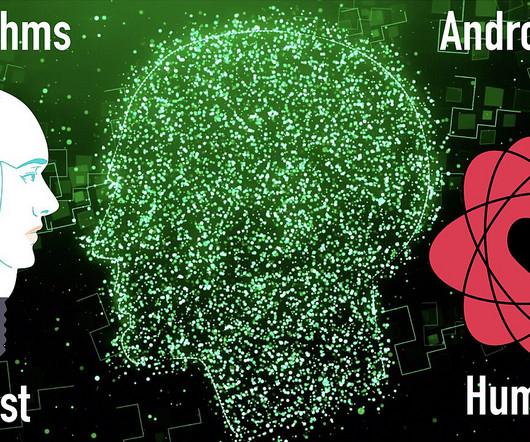
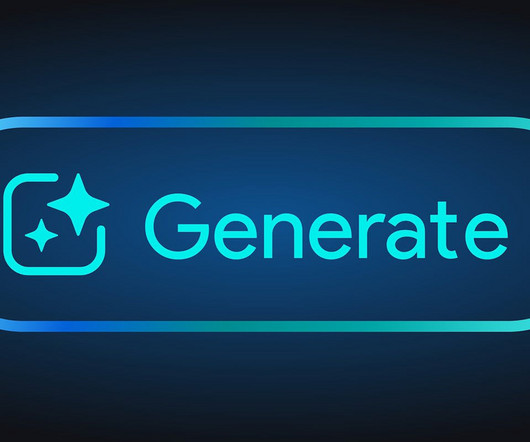


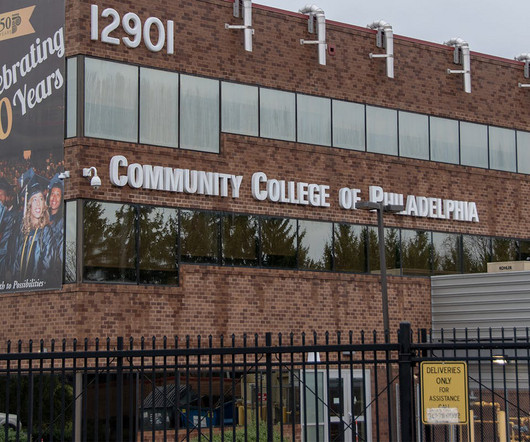




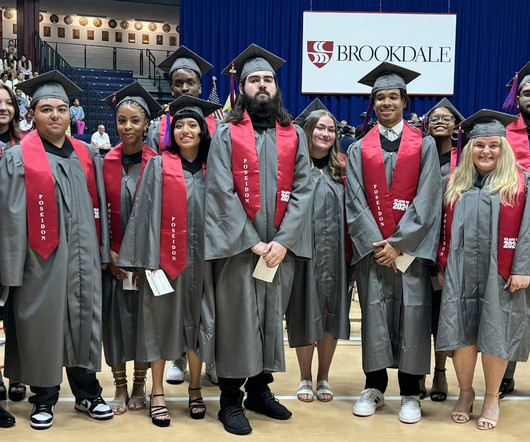

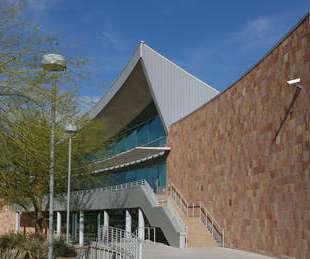
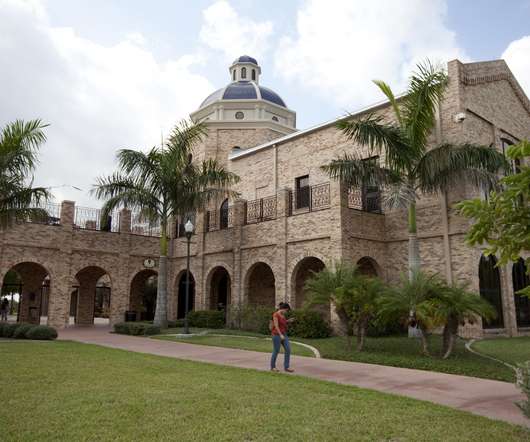


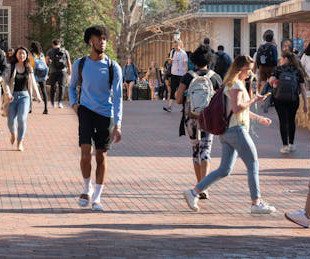








Let's personalize your content